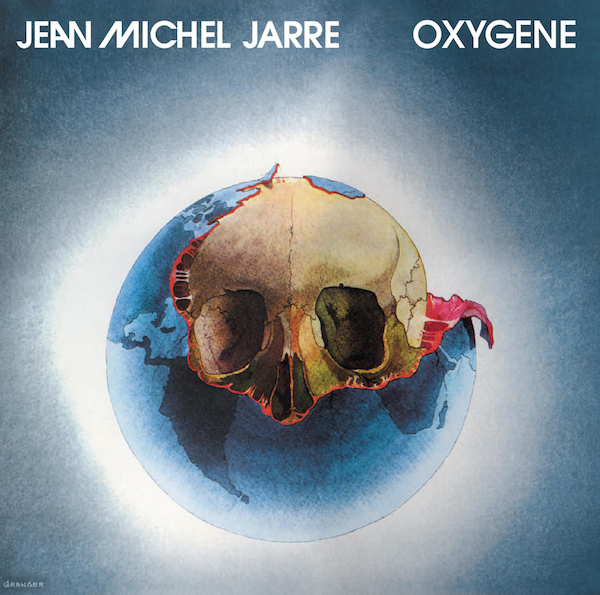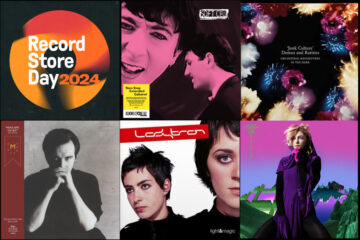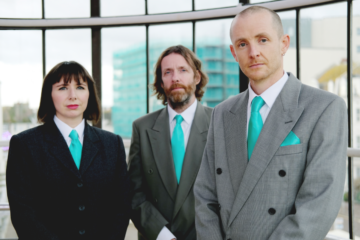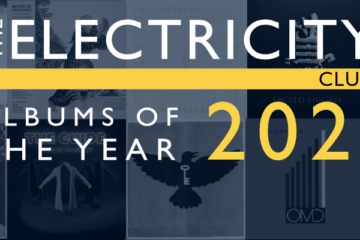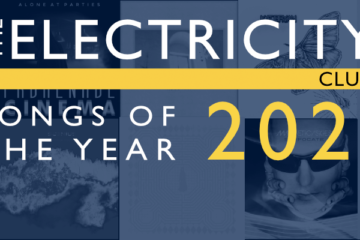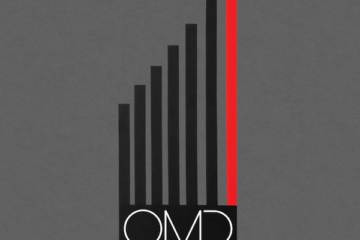Kitchen electronica
When it comes to iconic electronic albums, Jean-Michel Jarre’s 1976 opus Oxygène will always rank highly. But although the album has achieved both a commercial and critical assessment that is worthy of the exceptional music contained within, its early evolution was surprisingly low-key – and its initial reception poor.
In The Guardian’s continuing series looking at the creation of notable albums, the French musician muses on Oxygène’s early genesis. “I had done production work for some rock artists, earning enough to set up a studio in my kitchen. I didn’t have much equipment, though, just a few guitar pedals and my first synthesiser, an EMS VCS3, which looked like a telephone exchange.”
In fact some of the equipment used on the album was so basic it’s a testament to Jarre’s abilities that he could craft such powerful soundscapes from such crude material. “My primitive drum machine – a Korg Mini Pops – was the sort of thing people played in pubs, but by using Sellotape I could make it play two preset rhythms at the same time, creating cool beats. ‘Part IV’, which became iconic, was a mixture of “slow rock” and “rock” , while ‘Part VI’ combined “rumba” and “bossa nova””. Korg’s drum machine has enjoyed a remarkable life, also being utilised later by everyone from REM to Beck, but its transformation into the alien sounds of Oxygène remains as an example of the technical chops that Jarre had developed from his production years.
But when the album was released, it initially drew scepticism: “At first, people took it back to the shops because they thought the white noise was a fault in the manufacturing process”. Luckily, radio exposure and the album’s utility for documentary soundtracks (the familiar bars of ‘Oxygène Part IV’ featured everywhere, including the early UK skateboarding documentary film Hot Wheels) resulted in Oxygène being rapidly reassessed.
Following the success of Oxygène, Jarre’s career as a pioneering electronic musician took off in earnest. It’s also a career that’s marked him out as one of the most popular and visually dynamic live performers of the genre performing to huge crowds (Jarre performed to 3.5 million people at a concert in Moscow in 1997).
Jarre revisited his classic album in subsequent years, particularly on two follow-up releases to Oxygène: 1997’s Oxygène 7–13 and 2016’s Oxygène 3. A new collection, The Planet Jarre: 50 Years of Music box set is out now. Meanwhile, Jarre’s new album, Equinoxe Infinity (a sequel release to his 1978 album), is released on 16th November.
Jean-Michel Jarre: how we made Oxygène


